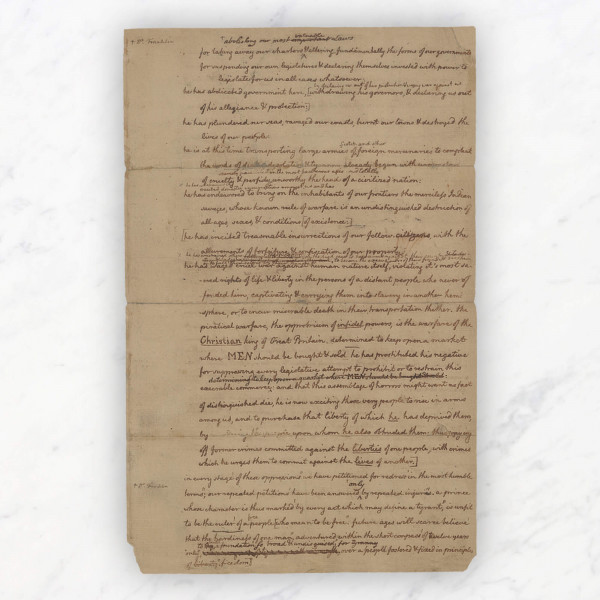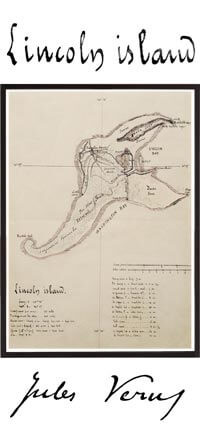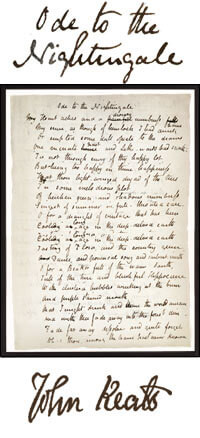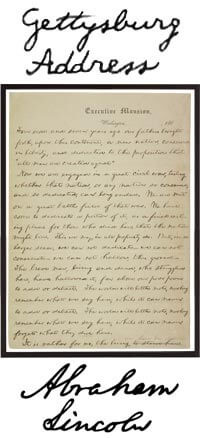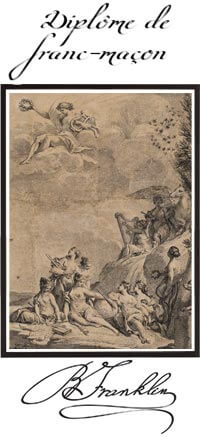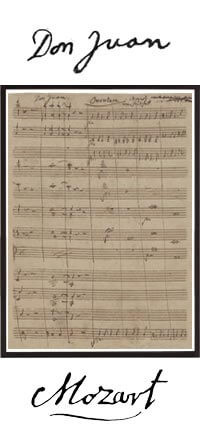The United States
Declaration
of Independence by Thomas Jefferson
The US Declaration of Independence,
handwritten by Thomas Jefferson.
Double-sided document
Double-glass framing
25 x 17 frame
The United States Declaration of Independence: the Manuscript
With the Bill of Rights in England in 1689 and the Déclaration des droits de l’homme et du citoyen (Declaration of the Rights of Man and of the Citizen) in France in 1789, the US Declaration of Independence remains one of the most fundamental documents of modern history. It is the first practical application of those freedoms and fundamental citizens’ rights determined by the philosophers of the Enlightenment.
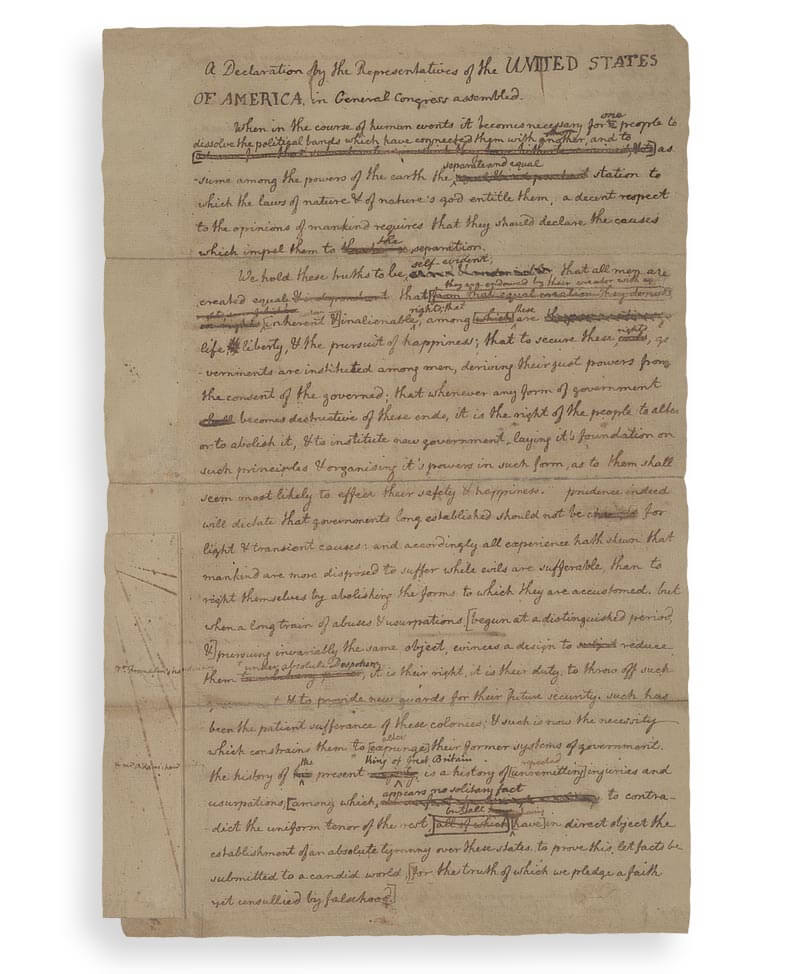
Approved on 4 July 1776, the Declaration of Independence constitutes the founding document of the United States of America. Affirming the independence of the Thirteen Colonies of North America from British rule, the text lays out the great founding principles of the nation, of equality, the right to life, liberty and the pursuit of happiness.
The birth of the American nation
In June 1776, after a year of war with British troops, the members of the Second Continental Congress prepared to declare the independence of the Thirteen Colonies of North America. On 7 June, Richard Henry Lee formally proposed a motion for their independence, known as the Lee Resolution, in which he declared that “all political connection between them and the State of Great Britain is, and ought to be, totally dissolved.”
Despite the disagreement of certain delegates, on 11 June Congress appointed a drafting committee of five members, comprising Thomas Jefferson, John Adams, Benjamin Franklin, Robert R. Livingston and Roger Sherman. Thomas Jefferson was chosen to draw up a first draft. Much influenced by the Enlightenment philosophers and in particular by the Second Treatise of Government by John Locke, it took him seventeen days to write a text that he perceived, in his own words, as “an expression of the American mind”.
On 21 June, Jefferson submitted the draft to the other members of the committee, who revised and edited it to produce a final version which was presented to Congress on 28 June. Congress accepted the draft after two days of extensive discussions and corrections, shortening the text by a quarter, moderating certain remarks and deleting a long paragraph in favour of the abolition of slavery.
Independence was declared on 2 July and on 4 July the text was officially approved and ratified. It was immediately printed and distributed throughout the country during July and August, and soon reached Europe.
Thomas Jefferson's original draft
The document reproduced in this frame is Thomas Jefferson’s original draft, with his own crossings-out and corrections. While it was first thought to be the draft presented to the Committee of Five on 21 June, more recent studies suggest that it may be a revised version by Jefferson incorporating the alterations of the other members of the commission.
The fourth page reveals the passage concerning slavery that Congress ended up removing from the final version. Here, Jefferson condemns King George III of England for perpetuating the slave trade, and encourages those enslaved to revolt in accordance with their right to liberty.
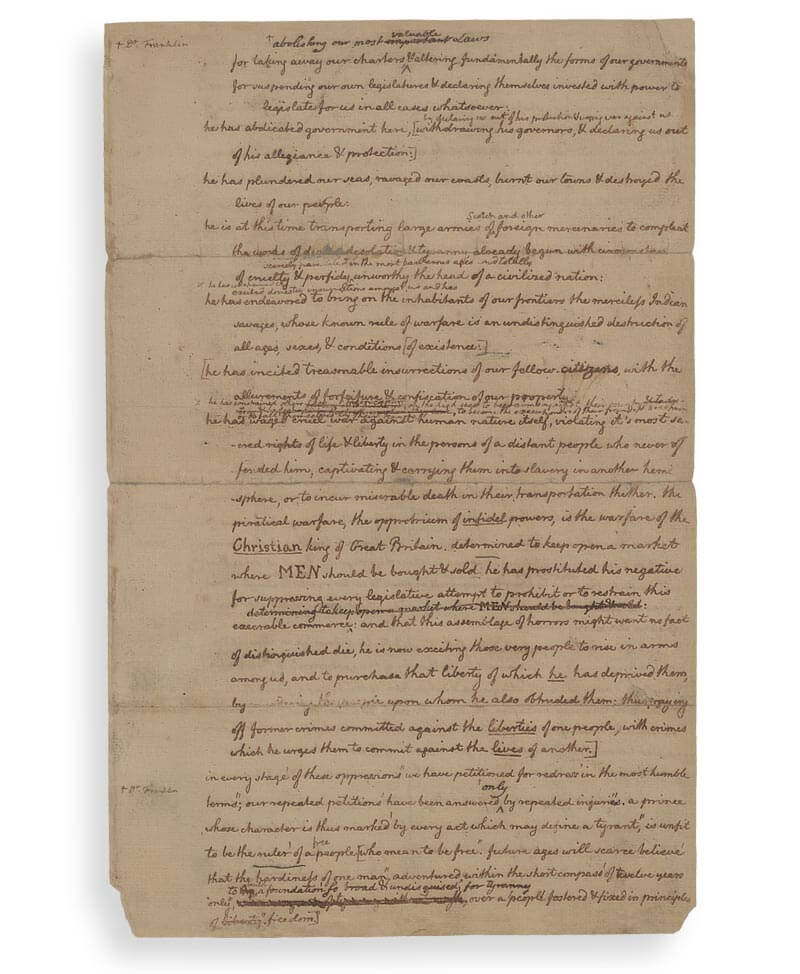
After 4 July, Thomas Jefferson kept his draft and even made copies of this version which he sent to friends, including Richard Henry Lee, in which he had highlighted passages deleted from the final text. The original document is kept in the Thomas Jefferson Papers, held in the Library of Congress Manuscript Division in Washington.
Thomas Jefferson, Congressman and Founding Father of the American nation
When he drafted the Declaration of Independence in the summer of 1776, Congressman Thomas Jefferson (1743-1826) was thirty-three years old. An avid reader and bibliophile, “while United States minister to France in the 1780s, Jefferson acquired thousands of books for his library at Monticello and by 1814 it had become the largest private library in America”. After his key role in establishing independence, he was chosen as Secretary of State in 1780 and on 4 March 1801 officially took his place as President.
Double-sided document presented in a double-glass framing (25 x 17").
Wooden frame, made in France. Each frame is hand-assembled in our workshops in Cambremer.
Mrs Dalloway: Thanks to a new reproduction of the only full draft of Mrs. Dalloway, handwritten in three notebooks and initially titled “The Hours,” we now know that the story she completed — about a day in the life of a London housewife planning a dinner party — was a far cry from the one she’d set out to write (...)
The Grapes of Wrath: The handwritten manuscript of John Steinbeck’s masterpiece The Grapes of Wrath, complete with the swearwords excised from the published novel and revealing the urgency with which the author wrote, is to be published for the first time. There are scarcely any crossings-out or rewrites in the manuscript, although the original shows how publisher Viking Press edited out Steinbeck’s dozen uses of the word “fuck”, in an attempt to make the novel less controversial. (...)
Jane Eyre: This is a book for passionate people who are willing to discover Jane Eyre and Charlotte Brontë's work in a new way. Brontë's prose is clear, with only occasional modifications. She sometimes strikes out words, proposes others, circles a sentence she doesn't like and replaces it with another carefully crafted option. (...)
The Jungle Book: Some 173 sheets bearing Kipling’s elegant handwriting, and about a dozen drawings in black ink, offer insights into his creative process. The drawings were not published because they are unfinished, essentially works in progress. (...)
The Lost World: SP Books has published a new edition of The Lost World, Conan Doyle’s 1912 landmark adventure story. It reproduces Conan Doyle’s original manuscript for the first time, and includes a foreword by Jon Lellenberg: "It was very exciting to see, page by page, the creation of Conan Doyle’s story. To see the mind of the man as he wrote it". Among Conan Doyle’s archive, Lellenberg made an extraordinary discovery – a stash of photographs of the writer and his friends dressed as characters from the novel, with Conan Doyle taking the part of its combustible hero, Professor Challenger. (...)
Frankenstein: There is understandably a burst of activity surrounding the book’s 200th anniversary. The original, 1818 edition has been reissued, as paperback by Penguin Classics. There’s a beautifully illustrated hardcover, “The New Annotated Frankenstein” (Liveright) and a spectacular limited edition luxury facsimile by SP Books of the original manuscript in Shelley's own handwriting based on her notebooks. (...)
The Great Gatsby: But what if you require a big sumptuous volume to place under the tree? You won’t find anything more breathtaking than SP Books ’s facsimile of F. Scott Fitzgerald’s handwritten manuscript of The Great Gatsby, showing the deletions, emendations and reworked passages that eventually produced an American masterpiece (...)
Oliver Twist: In the first ever facsimile edition of the manuscript SP Books celebrates this iconic tale, revealing largely unseen edits that shed new light on the narrative of the story and on Dickens’s personality. Heavy lines blocking out text are intermixed with painterly arabesque annotations, while some characters' names are changed, including Oliver’s aunt Rose who was originally called Emily. The manuscript also provides insight into how Dickens censored his text, evident in the repeated attempts to curb his tendency towards over-emphasis and the use of violent language, particularly in moderating Bill Sikes’s brutality to Nancy. (...)
Peter Pan: It is the manuscript of the latter, one of the jewels of the Berg Collection in the New York Public Library, which is reproduced here for the first time. Peter’s adventures in Neverland, described in Barrie’s small neat handwriting, are brought to life by the evocative color plates with which the artist Gwynedd Hudson decorated one of the last editions to be published in Barrie’s lifetime. (...)



